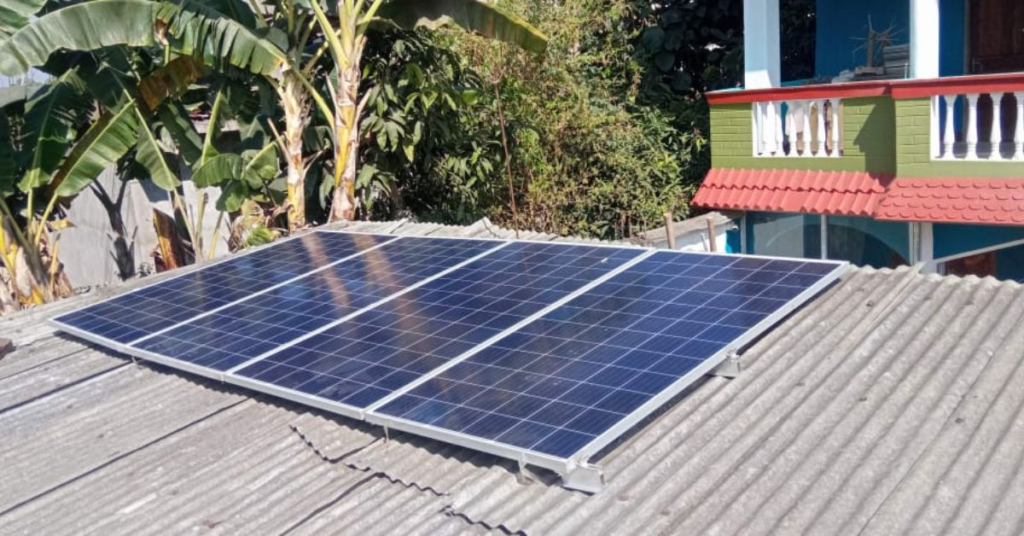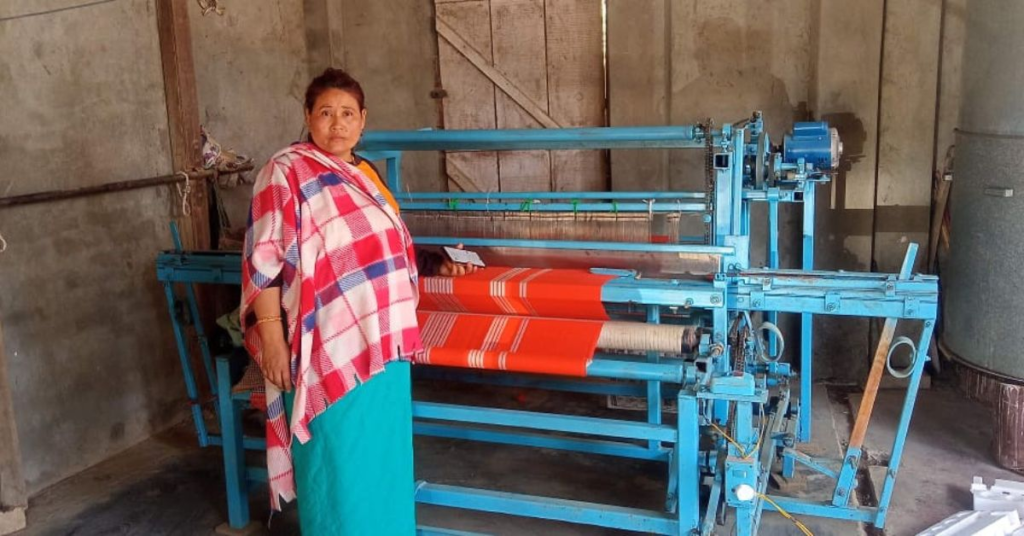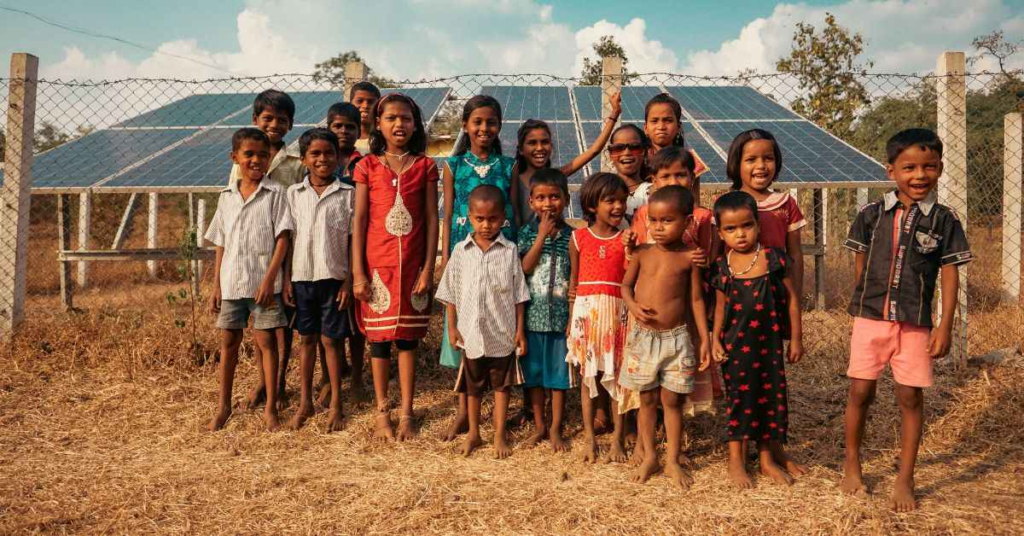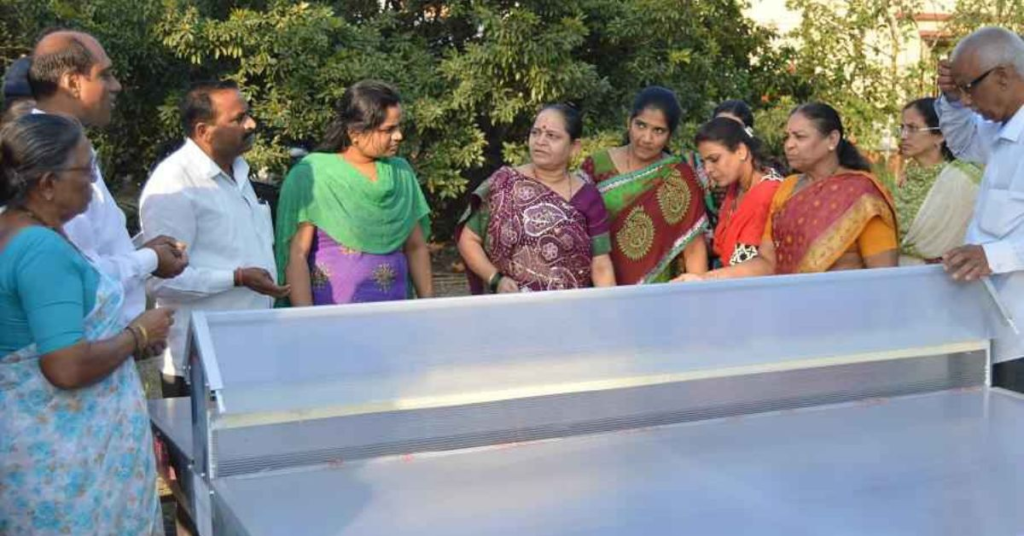
From Darkness to Dusk: How Solar Power Is Transforming the Lives of Rural India
For 57-year-old Thangjam Basanta Meitei, winter has always been a season of comfort. The cool air, the quiet, the pause. But in Yairipok, a remote village in Manipur, the winter brings more than just a nip in the air — it also brings early sunsets. And for Basanta, those short days used to mean long nights of dread.

Not because he feared the dark, but because of what came with it: insects and rodents.
“In the dark, the bugs would come in. So would the rats. I couldn’t cook, couldn’t eat, couldn’t even wash the dishes,” he recalls. Candles and kerosene lamps helped little — they lit the room, sure, but they didn’t keep the crawling chaos away. Eventually, Basanta did what felt most logical: he’d call it a day and go to bed by 5 p.m.
That was before solar energy entered his life — and brightened it, quite literally.
Lighting Up the Last Mile

Basanta’s story is echoed across hundreds of homes in Manipur and beyond, where solar power has emerged not just as a solution to power shortages but as a symbol of new beginnings. Rural India, long at the mercy of erratic electricity supply and infrastructural gaps, is now looking upward — toward the sun.
India’s Sustainable Development Goals, aligned with the UN’s global vision, highlight equitable access to clean and affordable energy as non-negotiable for inclusive development. Despite significant progress — over 800 million people electrified since 2001 — about 2.4 percent of Indian households still live in darkness. But that number is shrinking, thanks to the rise of solar startups and community-powered initiatives lighting up the nation’s hinterlands.
When the Sun Becomes an Ally
In Manipur, Distributed Renewable Energy (DRE) isn’t just a technological upgrade; it’s a lifestyle revolution. Companies like ONergy Solar and SNL Technologies are leading the charge. ONergy, co-founded by Shweta Jaju, has already touched a million lives through accessible solar solutions that span households, farms, and businesses.
“It’s not just about sustainability,” Shweta says. “It’s about quality of life. About livelihood.”
Their model is built on affordability and adaptability. Government subsidies, flexible payment plans, and local partnerships have helped create a robust network for last-mile delivery.
Basanta, for instance, got his solar panels thanks to a partner NGO introduced by SNL Technologies. Unable to pay the Rs 40,000 upfront, he was offered a loan that allowed him to repay in monthly installments of Rs 920 over three years. A small price to pay for the ability to dine, cook, and live without fear.
Empowering Women, Powering Dreams

The impact of solar isn’t confined to lighting homes. It’s powering looms, preserving produce, and irrigating farms. In Manipur, women like Loitongbam Sofia Devi have reclaimed their evenings. A weaver by trade, Sofia used to stop work early due to frequent power cuts. Now, with solar-powered handlooms, she weaves longer and earns more.
“Before solar, I stopped by early evening. Now I can keep going. And I earn more too,” she smiles.
Entrepreneur Seth Moirangthem, founder of SNL Technologies, knows exactly what’s at stake. He grew up facing the same electricity issues that plagued Basanta. In Manipur, a damaged electric line during monsoon could mean six months without power. His business was born out of a desire to break that cycle.
A Sun-Powered Economy
Manipur’s patchy terrain makes large-scale microgrids difficult, but other parts of India are embracing them with open arms. Darewadi, a tiny hamlet in Maharashtra once known for its severe energy crisis, now thrives with TVs blaring, water pumps whirring, and music playing — all thanks to solar microgrids by Gram Oorja.

As of 2025, the organization has installed 152 microgrids across rural India, lighting up over 6,200 homes. Their success is rooted in community ownership: every solar initiative starts with surveys, discussions, and local buy-in. Villagers manage their own grid, collect their own bills, and maintain their own infrastructure.
This sense of ownership breeds pride — and sustainability. In a recent survey, 74 percent of villagers said they felt proud managing the systems themselves.
Solar Sisters and Farming Futures
Women are increasingly central to this green revolution. In Bihar, the ‘Bolega Bihar’ campaign saw over 700 women emerge as solar champions, leading the charge in household-level adoption. Maharashtra’s Manyachiwadi village did one better — becoming the first in the state to go 100% solar. The initiative began with women pooling Rs 100 each month until they could afford home systems. Today, they pay nothing for electricity.
Beyond the Panels: Solar as a Lifestyle

Solar adoption isn’t limited to panels. Solar dryers, biogas grids, and solar water pumps are easing villages into a renewable lifestyle.
In Dahanu, Maharashtra, Latika Patil, a retired teacher and fruit farmer, uses solar conduction dryers to process her chickoos. The result? Longer shelf life, more sales, and less waste. “The solar dryer keeps the temperature stable and the nutrients intact,” explains her son Ninad.
On the farms, solar water pumps are replacing costly diesel ones. Farmers are saving money, boosting yields, and embracing sustainable practices. Biogas grids, like those by Gram Oorja, are revolutionizing cooking in off-grid homes, replacing smoky stoves with clean energy.
The Road Ahead is Bright (and Solar Powered)
The sun — once just a source of sweltering summer heat — is now powering homes, businesses, and dreams. For people like Basanta, it means reclaiming their evenings. For weavers like Sofia, it means independence. For India, it means progress.
As he steps out for a walk under the blazing Manipur sun, Basanta wipes sweat from his brow. It’s going to be a hot summer. And yet, for the first time, he smiles at the heat — because he knows that more sunlight means more power. More light. More life.
In the end, it’s not just a story of solar panels. It’s a story of resilience, of transformation, and of hope — one sunbeam at a time.

